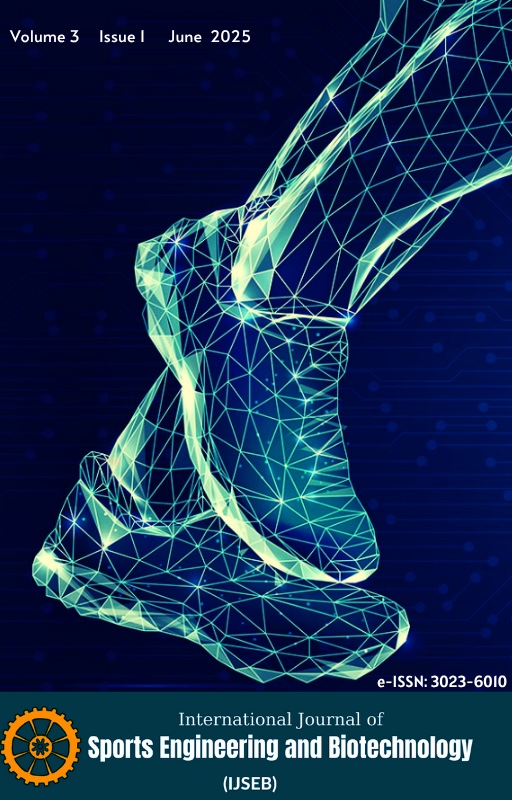Wearable Technology and Psychometric Tests to Improve Athletic Performance
DOI:
https://doi.org/10.5281/zenodo.15752956Keywords:
Wearable Technology , Performance , Psyhometric Tests , Sport , Sport SciencesAbstract
Wearable technology plays an important role in enhancing athletes' performance. These technologies collect various biometric data through devices that are worn or attached to athletes' bodies. This data can be used in many areas such as optimizing training, cognitive skills, preventing injuries and monitoring overall health. These devices are now applying to athletes in the training field or during the competitions as mobile versions and athletes are guided with concrete data. These systems, which provide data to experts in different brands and models, especially neurofeedback and biofeedback systems, have become very useful in understanding and guiding the needs of the athlete. Today, the methods and technologies used to improve athletic performance show great diversity. While in traditional methods there were physical training and competition preparations with experts, nowadays, with technological developments, both physical and mental preparations of athletes are provided with both measurements made with the help of devices and techniques used in training. Devices and psychometric tests are used to better understand, monitor and improve the physical and mental state of athletes.
References
Carlson, N. R. (2011). Foundations of behavioral neuroscience (8th.). Boston, MA: Pearson Education Inc.
Ching K.W., Singh M.M., (2016). Wearable Technology Devices Security and Privacy Vulnerability Analysis. Int Journal of Network Security and its Applications, 8(3);19-30 [Crossref]
Waqar, A., Ahmad, I., Habibi, D., Hart, N., & Phung, Q. V. (2021). Enhancing athlete tracking using data fusion in wearable technologies. IEEE Transactions on Instrumentation and Measurement, 70, 1-13.. [CrossRef]
neurobiofeedback.org.tr
Seçkin, A. Ç., Ateş, B., & Seçkin, M. (2023). Review on Wearable Technology in sports: Concepts, Challenges and opportunities. Applied sciences, 13(18), 10399. [CrossRef]
Marzbani, H., Marateb, H. R., & Mansourian, M. (2016). Neurofeedback: a comprehensive review on system design, methodology and clinical applications. Basic and Clinical Neuroscience, 7(2), 143-158. [CrossRef]
https://www.mayoclinic.org/testsprocedures/biofeedback/about/pac-20384664 - 2025
Strain, T., Wijndaele, K., Dempsey, P. C., Sharp, S. J., Pearce, M., Jeon, J., ... & Brage, S. (2020). Wearable-device-measured physical activity and future health risk. Nature medicine, 26(9), 1385-1391. [CrossRef] [PubMed]
Pekgor, M., Algin, A., Toros, T., Serin, E., Kulak, A., & Tek, T. (2024). Wearable Sensor Technology in Health Monitoring and Sport Psychology Education. Cadernos de Educação Tecnologia e Sociedade, 17(se5), 202-218. [CrossRef]
Migliaccio, G. M., Padulo, J., & Russo, L. (2024). The impact of wearable technologies on marginal gains in sports performance: An integrative overview on advances in sports, exercise, and health. Applied Sciences, 14(15), 6649. [CrossRef]
Ekmekçi R. (2023) Increasing psychological resilience wearable technology use. Innovations in Postpartum Care and Technological Developments. 1st Edition. Ankara: Türkiye Klinikleri;. p.63-7.
Downloads
Published
How to Cite
Issue
Section
License
Copyright (c) 2025 Rıdvan EKMEKÇİ

This work is licensed under a Creative Commons Attribution 4.0 International License.



